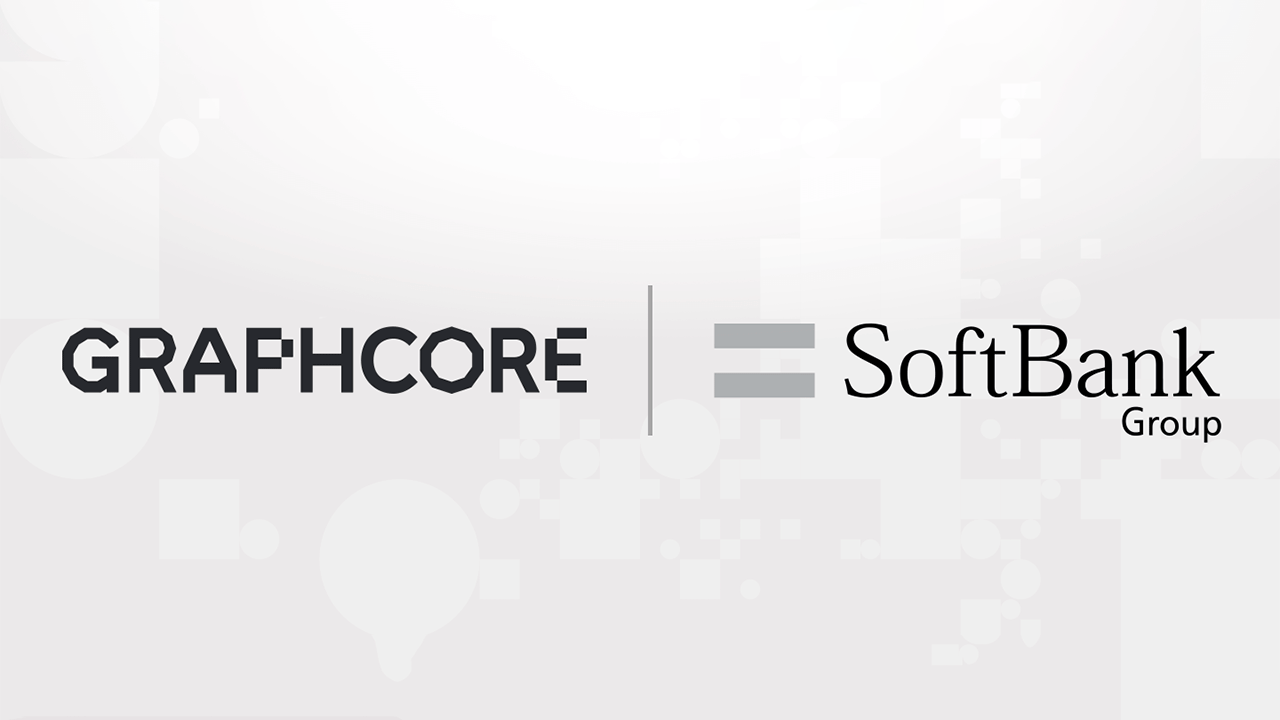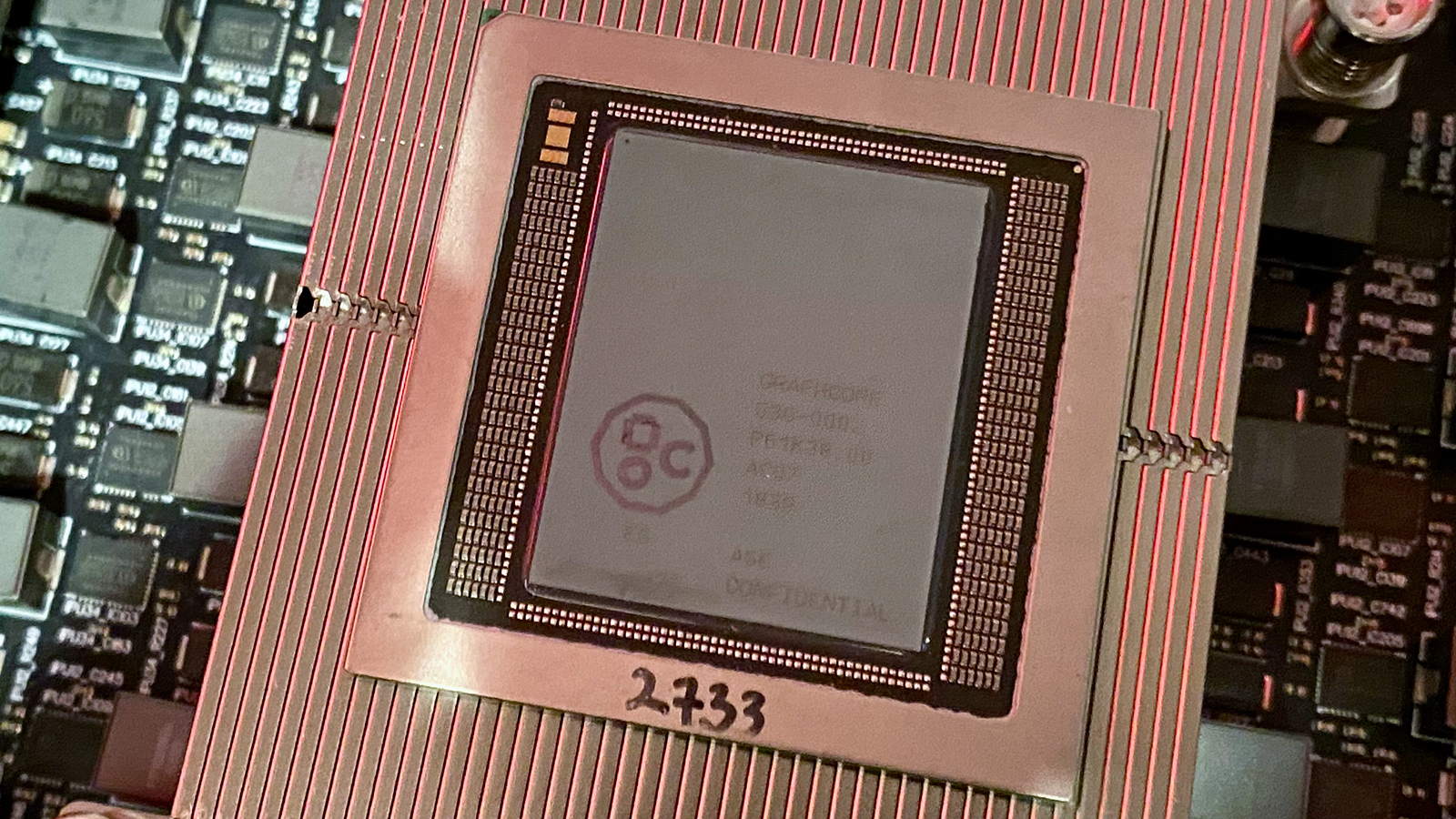Softbank takes over AI processor designer Graphcore
Will it work with Arm? Possibly.

SoftBank Group has acquired Graphcore, an AI processor designer from the U.K., for an undisclosed amount. Graphcore, which has been looking for a buyer for a while, has developed a unique architecture for AI processors but has failed to become competitive against Nvidia and other makers of off-the-shelf AI processors. The acquisition could be a part of Softbank's push into the AI processor venture, Project Izanagi, or something unrelated.
A wholly owned subsidiary
Under the terms of the deal with Softbank, Graphcore becomes a wholly owned subsidiary of SoftBank. It will keep its brand and continue to operate under the Graphcore name, which suggests it will also hold its architecture. However, Nigel Toon, chief executive and founder of Graphcore, mentioned potential collaboration with Arm Holdings, another Softbank-owned chip designer, and 'other' companies in its parent's portfolio so that we can see the architecture.
Unlike most AI processors on the market, Graphcore's intelligence processing units (IPUs) do not use expensive HBM or GDDR/LPDDR memory but rely entirely on internal SRAM, making its architecture completely different. Graphcore's very first IPU — the Colossus MK2 GC200, which was the most complex ASIC at the time — packed 1,472 independent IPU cores with simultaneous multithreading (SMT) capable of managing 8,832 parallel threads and featured 10 IPU links for scaling out with other GC200 chips. It also boasted 900 MB of SRAM, offering an aggregated bandwidth of 47.5 TB/s per chip, eliminating the need for external memory.
Despite early promises and performance comparable to Nvidia's A100 (250 FP16 TFLOPS vs. A100's 312 FP16 TFLOPS without sparsity), Graphcore has failed to become a viable competitor for the green company. Toon blamed a lack of sufficient investments for its modest success in the market. Meanwhile, the company has raised some $700 million since its founding, which was once valued at $2.77 billion in late 2020. Softbank reportedly paid $400 million for the company, according to EE Times.
The big question now is whether Graphcore will act independently and continue to design IPUs or become part of Project Izanagi, which aims to develop Softbank's own AI processors and then compete against AMD, Intel, and Nvidia. It is noteworthy that Arm is reportedly designing AI processors for its parent company, which plans to use them in its own data centers. Hence, the fate of Graphcore's architecture is unclear at best.
Potentially, with funding from Softbank, Graphcore's architecture will be able to compete better against market leaders. Yet, it will take some time for the company to scale up its operations, as it is barely possible to compete successfully against Nvidia, which has about half a thousand employees.
Will remain in the U.K.
Last year's filing indicated the company needed additional funds to break even. In response to financial pressures, Graphcore reduced its workforce by 20%, bringing its headcount down to 494 employees, and closed operations in Norway, Japan, and South Korea. Under the deal with Softbank, Graphcore will maintain its headquarters in Bristol and offices in Cambridge, London, Gdansk, and Hsinchu. Yet, it will likely be unable to sell its processors to Chinese entities anyway.
Get Tom's Hardware's best news and in-depth reviews, straight to your inbox.
"This is a tremendous endorsement of our team and their ability to build truly transformative AI technologies at scale, as well as a great outcome for our company," said Nigel Toon. "Demand for AI compute is vast and continues to grow. There remains much to do to improve efficiency, resilience, and computational power to unlock the full potential of AI. In SoftBank, we have a partner that can enable the Graphcore team to redefine the landscape for AI technology."

Anton Shilov is a contributing writer at Tom’s Hardware. Over the past couple of decades, he has covered everything from CPUs and GPUs to supercomputers and from modern process technologies and latest fab tools to high-tech industry trends.
-
bit_user It's good to hear something (hopefully) productive is happening with Graphcore.Reply
No, it still needs external DDR4 memory.The article said:It also boasted 900 MB of SRAM, offering an aggregated bandwidth of 47.5 TB/s per chip, eliminating the need for external memory.
This wording is super weird. I've never heard the phrase "half a thousand" and don't see why it's any better than "about 500". Worse, it sounds as if you're talking about Nvidia's headcount.The article said:Yet, it will take some time for the company to scale up its operations, as it is barely possible to compete successfully against Nvidia, which has about half a thousand employees. -
bill001g Be interesting if they can turn this around. They have lost money since they started. Microsoft was a large early investor and then later announced they would not use the chips.Reply
